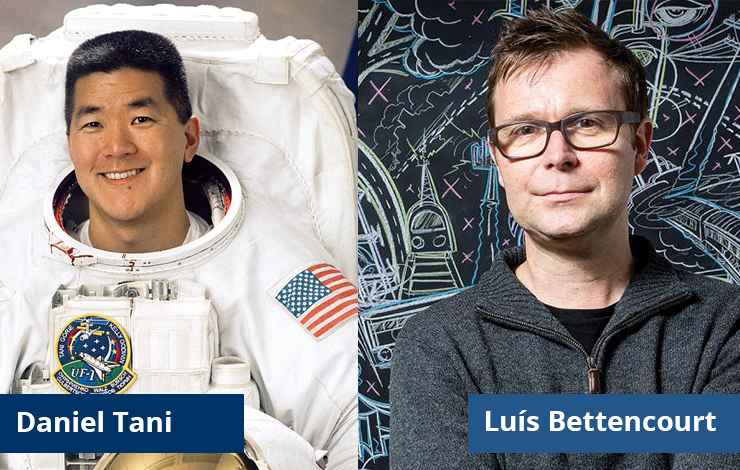16-06-2017

Lecture by Dr. Damian Schofield (Director of Human Computer Interaction, State University of New York)
19 June | 12H00 | FCT NOVA Library Multipurpose Room
In this lecture, Dr. Damian Schofield will approach a virtual range of learning environments, evidences, visualizations and training simulators developed by him.
He will also discuss the implementation of these systems and the extrapolation of lessons learned to general pedagogical guidelines to be considered for the development of VR / AR based on education and training resources.
Dr. Damian Schofield is also Associate Professor of Forensic Computing at Edith Cowan University, Perth, Western Australia. Prior to that, he held the position of Associate Professor of Computer and Digital Media at the RMIT University School of Creative Media in Melbourne, Australia. He was a professor at the School of Computer Science at the University of Nottingham, UK.
He is the manager and the main shareholder of Aims Solutions Ltd., a UK-based company established in 2000, which provides computer graphics visualization services and virtual reality-based simulation training products to a wide range of Public and private sector.
In addition, for nearly 20 years, Dr. Schofield has been involved in research that examines the use of digital evidence in courtrooms, particularly virtual reconstructions (using computer games / graphics technology).
Lecture by Daniel M. Tani (former NASA Astronaut)
6 July | 15H00 | FCT NOVA Library Auditorium
Daniel Tani will share his experience, photos and videos of his four-month stay aboard the International Space Station (ISS). During his speech he will talk about, the launch of the space shuttle, his adaptation to a non-gravity environment, his walks through space and operations in robots to build and repair the international space station and his day to day in a laboratory in orbit. Daniel Tani will share, with the audience, his perspectives and personal observations and the breathtaking views of our planet Earth.
Daniel Tani was selected as NASA astronaut in 1996 and during the next 16 years gained a great spatial experience. He was a member of the crew of the "Space Shuttle Endeavor" and also of the International Space Station on a separate mission, which caused him to spend 131 days in space. He was an engineer on the STS-108 flight in 2001, during which he supported an International Space Station crew change and the delivery of a multifunction logistics module, which contained three tons of equipment, logistics and laboratory experiments. During this flight, Tani also completed a spacewalk to support the maintenance of the ISS electrical power system.
In his second spaceflight, Tani served as Flight Engineer Expedition 16 and spent 120 days living and working aboard the ISS. During his shift aboard the station, he performed numerous robotic operations to support the installation and check-out of the new Node-2. During his two flights, Tani recorded a total of 34 hours and 59 minutes in five space tours.
Palestra de Luís Bettencourt, The Emerging Interdisciplinary Science of Cities
7 July | 11H00 I FCT NOVA Library Auditorium
In this talk, I will emphasize a number of general properties of cities, common to all places and time for which we have evidence and that show how cities are principally a mechanism for the intensification of human interactions in space and time, yielding as a result processes of division of labor and knowledge and of economic growth.
These ideas elaborate and further quantify classical theories of geography, economics, sociology and social psychology to create a new scientific understanding of cities and urbanization. I will show that data now exists and is being created to study systematically and quantitatively urban built forms almost anywhere, taking into account simultaneously issues of form and function.
I will show that urban geometries vary substantially across time and space. I will also show how many hitherto understudied urban fabrics, especially in informal settlements of developing cities, are very fluid but also how they can be studied via the mathematical topology of these spaces.
I will close with a summary of what, in my view, are open problems for a new kind of urban science and design that are truer to the character and promise of cities for human sustainable development.